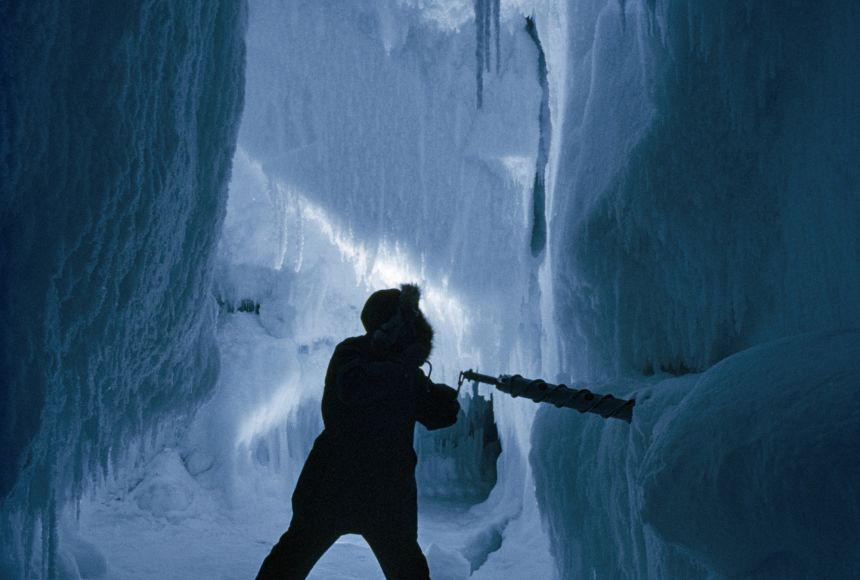ENCYCLOPEDIC ENTRY
ENCYCLOPEDIC ENTRY
Climatology
Climatology
Climatology is the study of climate and how it changes over time. This science helps people better understand the atmospheric conditions that cause weather patterns and temperature changes over time.
Grades
5 - 8
Subjects
Anthropology, Conservation, Earth Science, Climatology
Image
Antarctic Ice Core
A core is extracted from the ice sheet to learn what the area's (near McMurdo Station, Antarctica) climate was like in the past.
Photograph by David Boyer

Media Credits
The audio, illustrations, photos, and videos are credited beneath the media asset, except for promotional images, which generally link to another page that contains the media credit. The Rights Holder for media is the person or group credited.
Director
Author
Production Managers
Program Specialists
Producer
Intern
other
Last Updated
October 19, 2023
For information on user permissions, please read our Terms of Service. If you have questions about how to cite anything on our website in your project or classroom presentation, please contact your teacher. They will best know the preferred format. When you reach out to them, you will need the page title, URL, and the date you accessed the resource.
Media
If a media asset is downloadable, a download button appears in the corner of the media viewer. If no button appears, you cannot download or save the media.
Text
Text on this page is printable and can be used according to our Terms of Service.
Interactives
Any interactives on this page can only be played while you are visiting our website. You cannot download interactives.